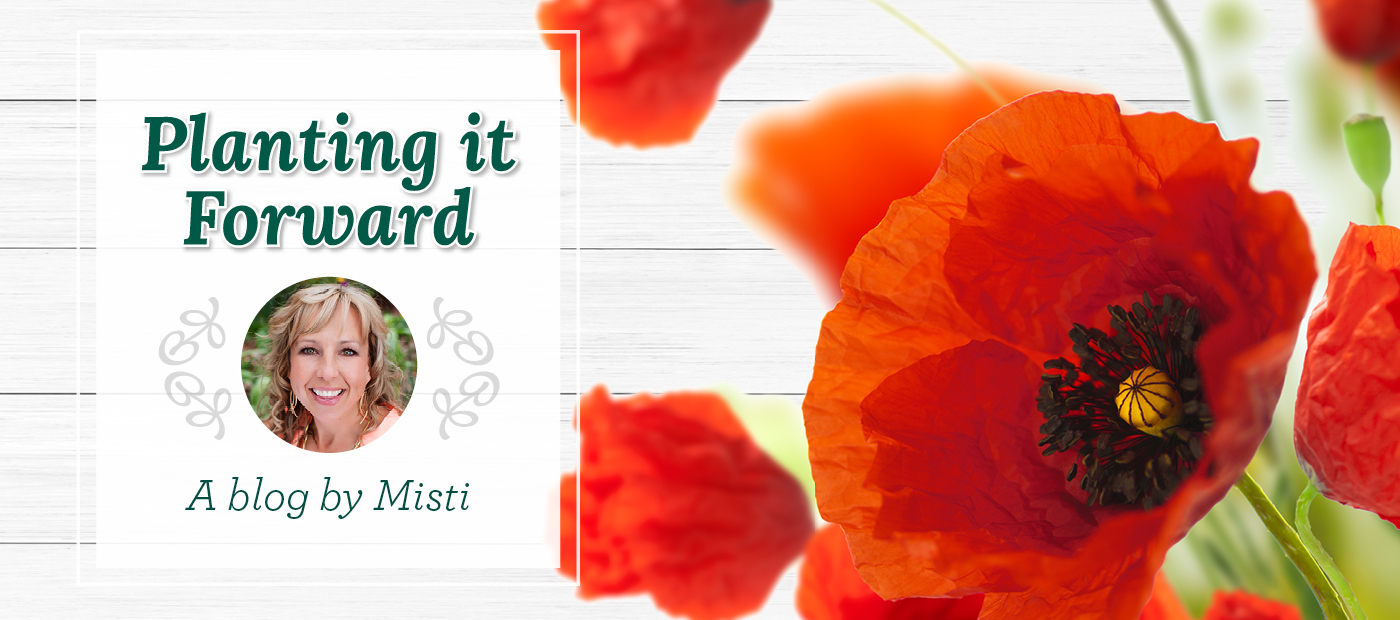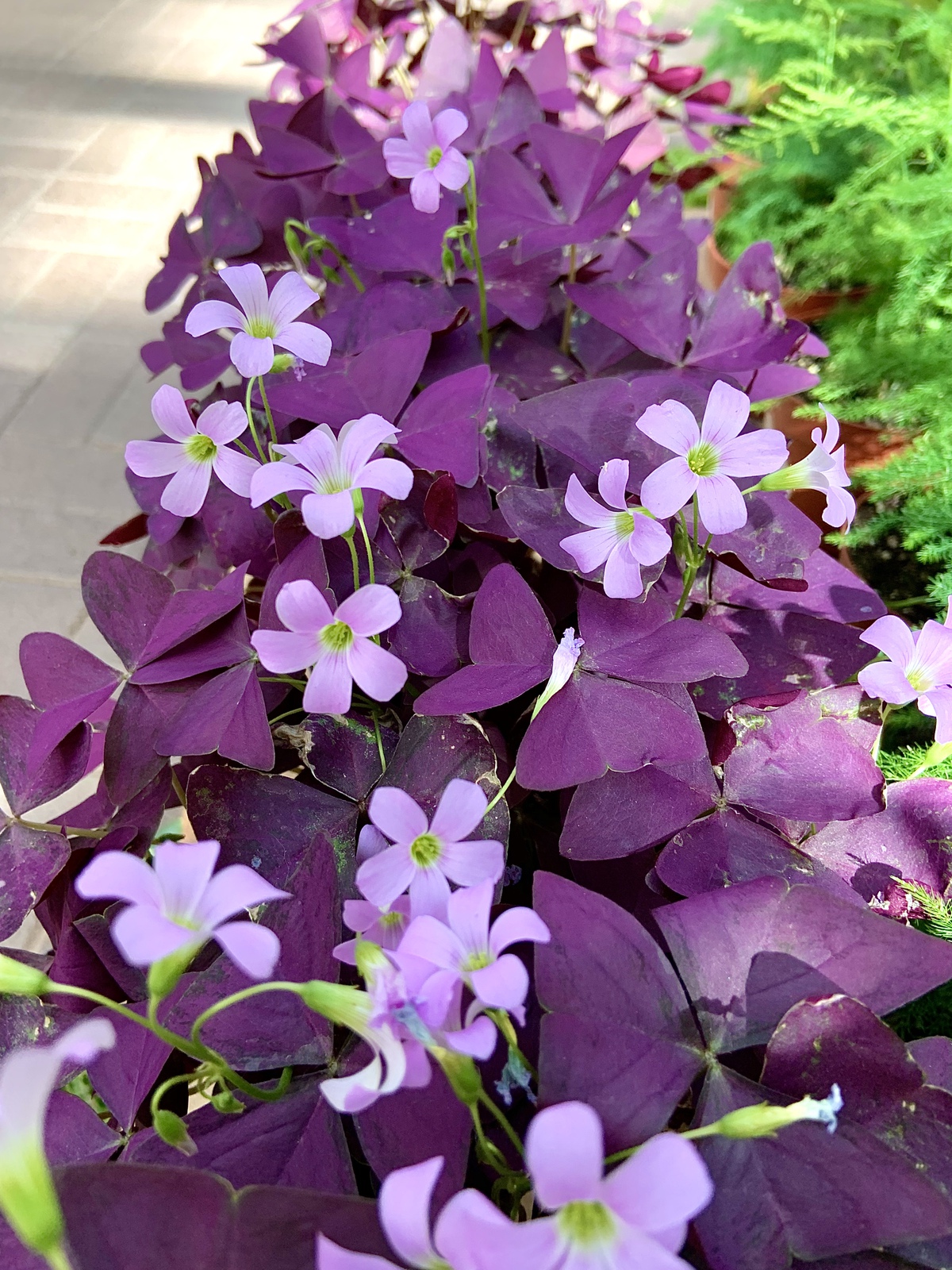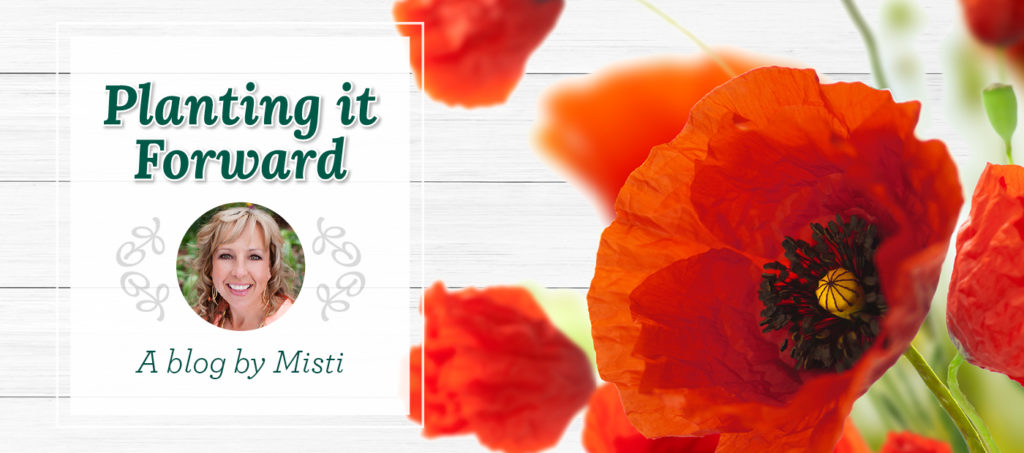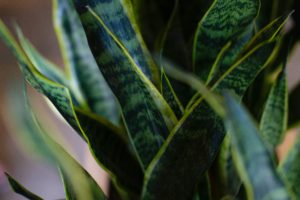
This year’s garden planning will be a whole new world for me. Well, maybe not a whole new world, but definitely a new property and a new micro-climate!
Last year, my family moved from a house in Ponderosa Trails to a sprawling property in Doney Park.
Moving to a new home is always an adventure, but when that move includes six acres of land, the possibilities for gardening and landscaping expand exponentially! Our new home is so different from our last, and I’m absolutely loving planning this season’s garden.
(By the way, if you are getting ready to plan YOUR garden, we have an upcoming class that can help. Our Root Camp Gardening 101 session on crop and garden planning will be on March 29 at 10 pm and you can sign up for it – and many other Root Camp classes – here.)
We have plenty of beautiful Ponderosa Pine trees, just like at the old house, but now we also have Pinon, native Juniper, and open grassy areas that give the land a whole new feel. So far, we’ve focused on landscaping close to the house, adding paver patio sections, a covered outdoor patio space, and even a built-in BBQ area.
Of course we made sure that we had a drip irrigation system set up (it really is the best way to water your plants) and my husband, Dan, and I took on the re-landscaping of the front entryway. We added boulders, a dry creek, and some plants, incorporating many of the pots I brought from our old home for perennial and annual color. We even brought our beloved bubbling boulder and set it up again – a little touch of familiarity in this new space.
Of course, not everything from our previous home can be recreated here. Our old water feature, for example, just wouldn’t survive with the amount of wildlife that visits our property, particularly the elk, who would destroy it in no time. Luckily, we have a wonderful view of the Rio de Flag streaming by, which gives us the beauty of a water feature without the maintenance.
And with so much land, we can’t possibly landscape everything, so for now, we’re focusing on the areas around the house. Future plans include adding a small barn for some mini-donkeys and continued landscaping improvements. The outer property will remain in its natural state for now – we love the native look and will maintain it as best we can.
One of the biggest adjustments has been adapting to the new micro-climate. It’s incredibly windy here! Because of that, I made sure to install a drip irrigation system before planting anything. Watering is key, and I wanted to make sure new plants had a fighting chance! The plant palette has shifted as well – I need to find elk-resistant varieties and plants that can withstand the strong winds. Recently, I planted some Lavender and Catmint along a rock wall near our driveway. Not only do I think it will look beautiful, but I’m also hoping it will help keep wildlife at bay. Time will tell!
Another important factor we’ve had to consider is fire safety. The risk of wildfire is very real, and I’m taking it seriously. Before we even moved in, we had Mick’s Tree Service clear dead trees, limb up branches, and remove anything too close to the house. (Mick is also leading one of our Root Camp classes; he’ll be teaching folks how to care for their Ponderosa Pines on May 3.)
I also reached out to the Flagstaff Fire Department, which offers a home assessment service for wildfire preparedness. Mark Adams came out to the property, provided fantastic advice, and sent me a ‘Wildfire Action Plan.’ It was eye-opening! I now have a clear vision of how to landscape moving forward with fire safety in mind, and it was an invaluable learning experience for both myself and my team.
This new home has been such an exciting project, and I can’t wait to see how the landscape evolves over time. With a mix of practical planning, trial and error, and a whole lot of enthusiasm, I know our home will become something truly special!
Happy Gardening,
Misti



 Caring for Your Oxalis
Caring for Your Oxalis

 Our houseplant of the week goes by many, many names. Technically, it is Sansevieria, but you might know it as the Snake Plant, Mother-in-Law’s Tongue or even Viper’s Bowstring Hemp, as the plant’s strong fibers were once used for making bowstrings for hunting in its native Africa.
Our houseplant of the week goes by many, many names. Technically, it is Sansevieria, but you might know it as the Snake Plant, Mother-in-Law’s Tongue or even Viper’s Bowstring Hemp, as the plant’s strong fibers were once used for making bowstrings for hunting in its native Africa. CARING FOR YOUR SANSEVIERIA
CARING FOR YOUR SANSEVIERIA
